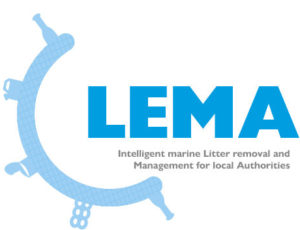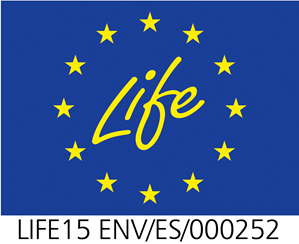The European project started in September and will last for the next three years. It will contribute to the effective management of floating marine litter by collecting 100 tons of this waste in Gipuzkoa and the Pyrénées-Atlantiques region.
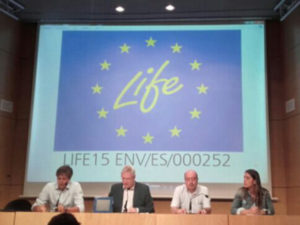
Life LEMA presentation.
LIFE LEMA is part of the European program for Environment and Climate Action LIFE and involves a total investment of 2.1 million euros which 1.2 million euros are co-financed by the European Union.
LIFE LEMA will provide methodological guidance and intelligent tools to local authorities for the effective management of floating marine litter, promoting improvements in European policies with a cross-border approach. LIFE LEMA compromised an international working group and has 6 partners led by the Diputación Foral de Gipuzkoa. The research centers AZTI and Rivages Pro Tech, public bodies Syndicat mixte Kosta Garbia and the municipality of Biarritz and the NGO Surfrider Foundation Europe complete the working team.
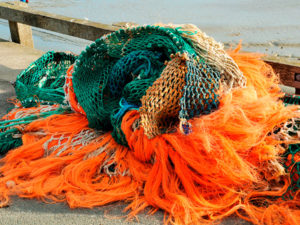
Marine litter: fishing nets.
The European Environment Agency (EEA) estimates that 10 million tonnes of litter end up in the world’s seas and oceans every year. Marine litter is a global problem, about 80 % of the debris found in the marine environment comes from land-based activities. Marine litter generates problems both at the environmental, economic and health levels. It has a direct impact on marine wildlife and has an impact on the socioeconomic level of coastal communities, since an unattractive coast affected by marine litter affects the number of tourists who enjoy it. 350 million euros are spent annually for the cleaning of European beaches. LIFE LEMA wants to reduce this cost, which is a great effort for European coastal authorities.
In the research carried out in the period 2011-2012 by the PELAGIS / CRMM project, the density of marine litter floating per hectare (between 0-100 m depth) was higher for the Bay of Biscay than for other European regions, With a value of 2.03 fragments per hectare. Of this litter, between 2 and 3% are related to the fishing sector. For this reason, LIFE LEMA considers in the measurement studies the fishing sector as a fundamental actor for the prevention of this environmental problem.
LIFE LEMA proposes to seek common solutions to properly manage floating marine litter and consequently reduce its impact. Marine litter is a global problem related to population growth and consumer habits. Collaboration at the international, national, regional and local levels is essential to promote changes in production and consumption, and thus to address prevention and control. Transnational cooperation, especially cross-border, is necessary to effectively achieve the objectives and results set out the good quality of our seas.
In particular, LIFE LEMA will contribute to the implementation of measures at national level, approved in 2016 by each of the member countries, in the Program of Measures of the Marine Strategy of its territory. It will study marine litter collection procedures, adapt fishing vessels to the collection of marine litter, use specific boats for fishing for litter and set up floating barriers for the analysis of blockages in estuaries. Energy efficiency systems will be implemented in the 5 vessels adapted to the fishing for litter. The litter accumulation studies in hotspots will be carried out including ocean-meteorological models, which will be validated with the trajectories made by drifting buoys that will be thrown to the sea. Besides data from video cameras in the estuaries of the rivers Adour (Aquitaine) and Orio (Gipuzkoa), which together with the drones will allow the monitoring of waste arrivals. Among other actions LIFE LEMA also proposes to define groups of experts for the improvement and monitoring of the European directives, Marine Strategy Framework Directive and European Maritime and Fisheries Fund, seeking common solutions for management in transboundary waters.
